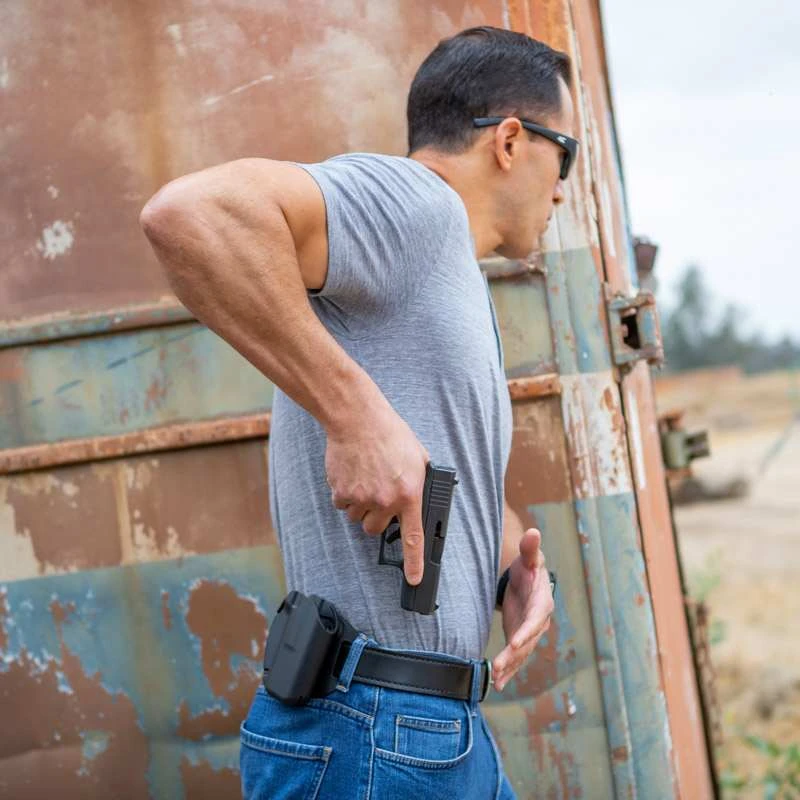

Few issues spark more conversation—and confusion—than the right to carry a concealed firearm. Across the United States the number of concealed carry permit holders (CCW permittees) has risen from just 2.7 million in 1999 to more than 21 million adults in 2024, even as nearly half the country has moved to “permit-less” or “constitutional carry” models. California, by contrast, still requires a license, and recent legislative and judicial shifts have reshaped the application landscape. This post unpacks the data behind CCW growth, clarifies California’s post-SB 2 rules, and links to deeper dives on our own blog so you always have a reliable next step.

Nationwide interest in lawful concealed carry has expanded for two decades, accelerating after major events such as the 2008 recession, high-profile mass shootings, the pandemic, and civil unrest. Today 8.2% of U.S. adults possess an active CCW permit; outside restrictive states like California and New York the share climbs to 9.8%.
Trends driving this growth include:

Contrary to the outdated stereotype that concealed carriers are overwhelmingly older white males, permit data reveal broader participation:
These shifts matter in court, in politics, and on juries. A diverse CCW community highlights that self-defense is not a niche concern but a mainstream civil-rights question.
Following Bruen, California enacted Senate Bill 2 (2023) to replace its defunct “good cause” standard with an objective set of disqualifiers and new training mandates. Under the revised Penal Code §§ 26150–26225:

Local sheriffs and police chiefs remain the issuing authorities, but SB 2 requires a hearing process if an applicant is deemed “disqualified,” reducing the discretionary denials that once plagued urban counties.
Because every California county handles CCW logistics a bit differently, start on your sheriff’s or police-department website. In general, expect to:
For a deeper look at California’s transport rules (crucial before qualification day), read “How to Legally Transport a Firearm in California”.
A CCW is a privilege that can vanish overnight. The most common revocation triggers we encounter include:
The takeaway: A CCW does not immunize you from California’s broader gun-control framework. Stay current by bookmarking “Unregistered Firearm” for registration pitfalls and “What to Know About Carrying a Loaded Firearm” for public-carry do’s and don’ts.
While California refines its permitting, most of the country is racing in the opposite direction. As of July 2024, 29 states allow permit-less concealed carry for law-abiding adults. Yet even in those jurisdictions millions still apply for licenses to gain reciprocity when they travel.
The contrast in statewide participation is stark: Alabama licenses roughly 27.8% of adults, whereas California’s rate remains below 1%.

Supporters of constitutional carry argue that mandatory fees, classes, and interviews burden poor or rural residents. Critics counter that crime studies show higher homicide and assault rates after shall-issue or permit-less regimes take effect. What both sides agree on is the importance of responsible gun handling—a standard courts routinely assume when assessing self-defense claims.
Whether you view concealed carry as an essential self-defense right or a privilege requiring guardrails, one fact is undeniable: the community of permit holders is large, diverse, and growing. Nationally, more adults than ever carry responsibly, even as permit requirements ease in many regions. In California, SB 2 has shifted the focus from discretionary denials to objective suitability standards, but applicants still face one of the country’s most rigorous licensing gauntlets.
Your best defense is preparation—legal, tactical, and ethical. Start with verified information, invest in high-quality training, and stay informed through trusted resources. Our blog library, from “The Brady Law” to “Restoring Gun Rights”, is here whenever you need to drill deeper. And if your CCW journey hits a snag, The H Law Group stands ready to protect your rights with the same rigor we bring to every criminal-defense case.
Remember: carrying concealed is more than a right—it’s a responsibility. Treat it with the respect it deserves and you’ll be part of a tradition of lawful self-defense stretching back centuries.